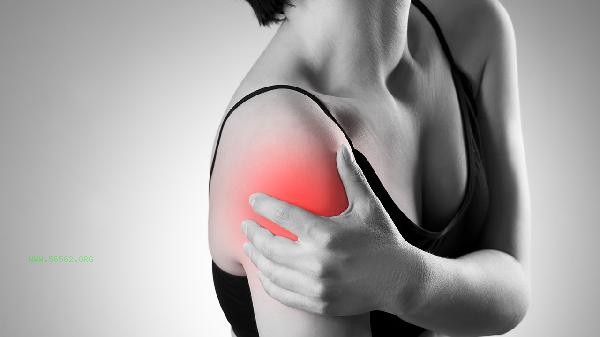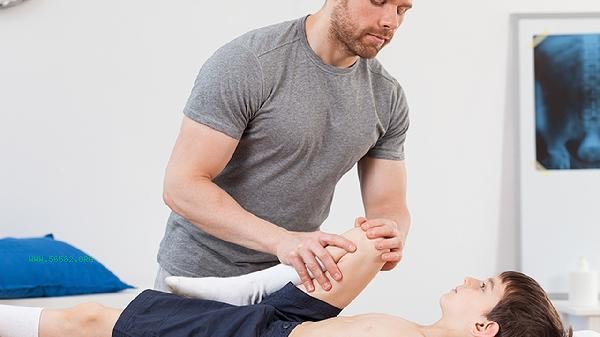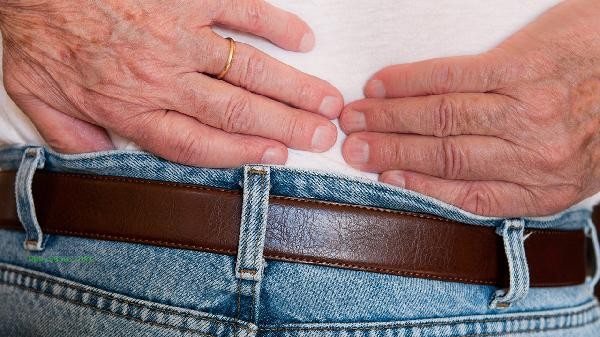Muscle and joint soreness may be caused by excessive exercise, poor posture, nutritional deficiency, inflammatory reactions, degenerative diseases, and other factors. Muscle joint soreness is usually manifested as local soreness, limited mobility, stiffness, and other symptoms.

1. Over exercise
Engaging in high-intensity exercise or repetitive movements in a short period of time can easily lead to muscle fiber micro damage, lactate accumulation, and a feeling of soreness. Commonly seen among fitness beginners or those who suddenly increase their exercise volume. It is recommended to warm up thoroughly before exercise and stretch and relax after exercise to gradually increase the intensity of the exercise.
2. Poor posture
Long term maintenance of incorrect posture can cause sustained tension in specific muscle groups, such as hunchback pain caused by prolonged sitting, and hip joint discomfort caused by crossing legs. Office workers, drivers, etc. need to pay special attention to adjusting their sitting posture, getting up and moving around every hour, and using ergonomic seats.
III. Nutritional Deficiency
Insufficient nutrients such as calcium, magnesium, and vitamin D can affect muscle contraction and bone health. People with long-term picky eating and digestive absorption disorders may experience nighttime leg cramps and joint pain. It can be supplemented by consuming foods such as milk, dark green vegetables, nuts, etc. If necessary, nutritional supplements can be taken under the guidance of a doctor.

Fourth, Inflammatory Response
Diseases such as rheumatoid arthritis and tendinitis can cause joint redness, swelling, heat pain, and obvious morning stiffness symptoms. This type of situation requires medical examination for C-reactive protein, anti-O and other indicators. After diagnosis, anti-inflammatory drugs such as diclofenac sodium and celecoxib may be needed in combination with physical therapy to alleviate symptoms.
V. Degenerative Diseases
Common diseases in middle-aged and elderly people, such as osteoarthritis and osteoporosis, can lead to wear and tear of joint cartilage and friction pain during movement. X-ray examination shows narrowing of joint space and formation of osteophyte. Treatment includes nourishing cartilage with glucosamine sulfate, and severe cases may require intra-articular injection or replacement surgery.

It is important to maintain moderate exercise such as swimming, yoga, and other low impact activities in daily life, and avoid maintaining the same posture for a long time. Ensure high-quality protein and calcium intake in diet, control high purine foods to prevent gout. During the acute phase of pain, local cold compress can be applied, while during the chronic phase, hot compress can be used to promote blood circulation. If the pain persists for more than two weeks or is accompanied by symptoms such as fever and joint deformity, it is necessary to seek medical attention promptly at the rheumatology and immunology department or orthopedic department, and complete relevant examinations to clarify the cause. Overweight individuals need to scientifically lose weight to reduce joint load, and choosing a mattress with moderate softness and hardness during sleep can help relax muscles.








Comments (0)
Leave a Comment
No comments yet
Be the first to share your thoughts!